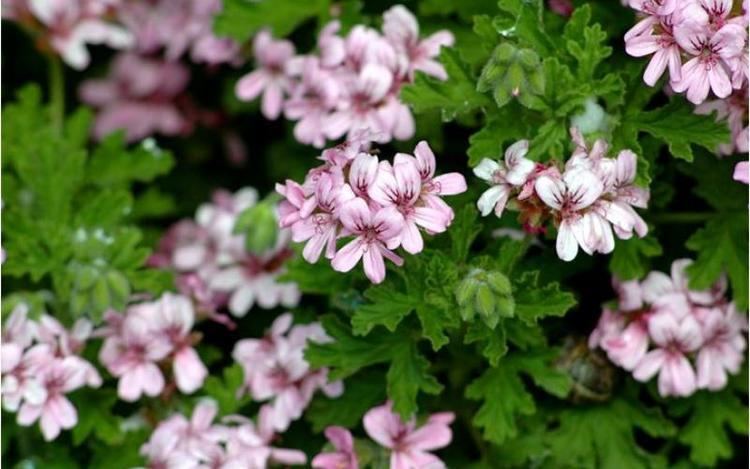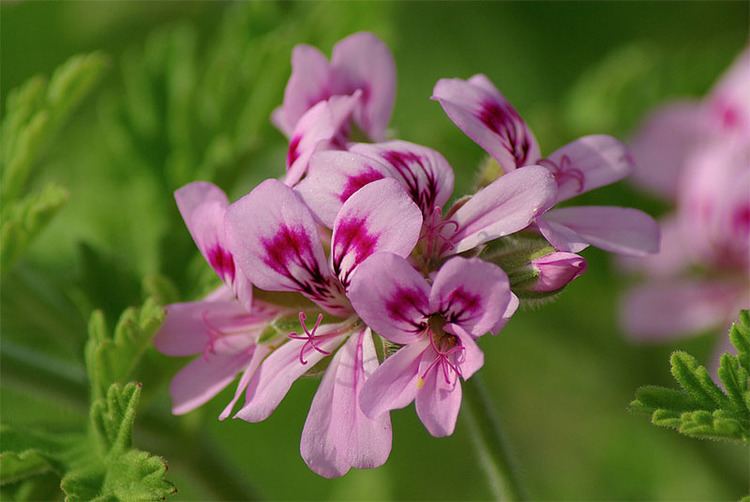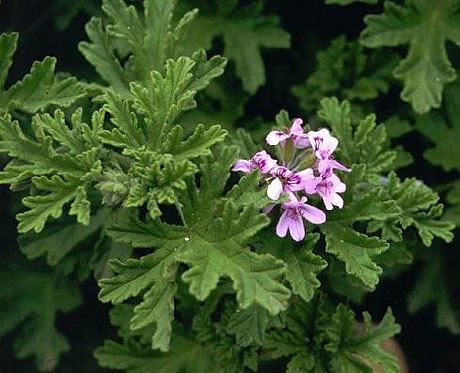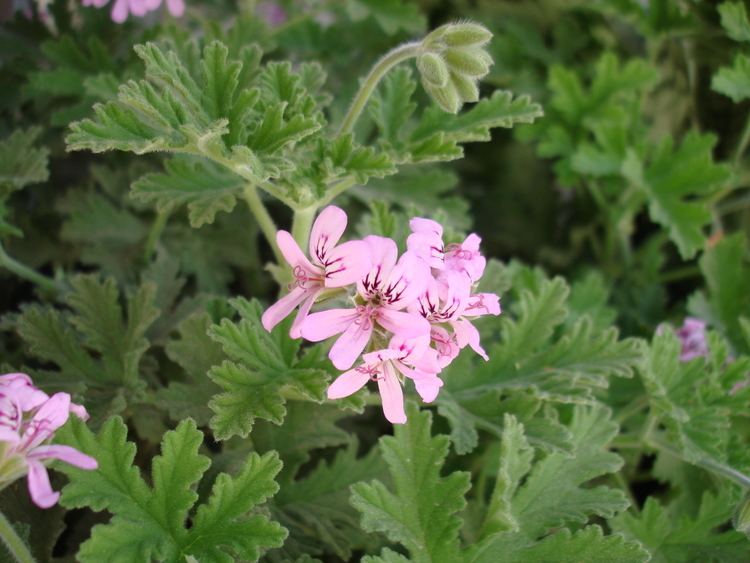Genus Pelargonium | ||
 | ||
Similar Geraniums, Crane's‑bill, Cymbopogon martinii, Ylang‑ylang, Clary | ||
Pelargonium graveolens rose geranium plant
Pelargonium graveolens is an uncommon Pelargonium species native to the Cape Provinces and the Northern Provinces of South Africa, Zimbabwe and Mozambique. It is in the subgenus Pelargonium along with Pelargonium crispum and Pelargonium tomentosum.
Contents
- Pelargonium graveolens rose geranium plant
- Geranium pelargonium graveolens supplier exporter seeds hydrosols essential oil
- Etymology
- Description
- Common names and synonyms
- Cultivars and hybrids
- Uses
- Chemical constituents of geranium oil
- References

Geranium pelargonium graveolens supplier exporter seeds hydrosols essential oil
Etymology

Pelargonium comes from the Greek pelargos which means stork. Another name for pelargoniums is stork's-bills due to the shape of their fruit. The specific epithet graveolens refers to the strong-smelling leaves.
Description

Pelargonium graveolens is an erect, multi-branched shrub, that grows up to 1.5 m and has a spread of 1 m. The leaves are deeply incised, velvety and soft to the touch (due to glandular hairs). The flowers vary from pale pink to almost white and the plant flowers from August to January. The leaves may be strongly rose-scented, although the leaf shape and scent vary. Some plants are very strongly scented and others have little or no scent. Some leaves are deeply incised and others less so, being slightly lobed like P. capitatum.
Common names and synonyms
Common names include rose geranium, sweet scented geranium, old fashion rose geranium, and rose-scent geranium.

Pelargonium graveolens is also known by taxonomic synonyms Geranium terebinthinaceum Cav. and Pelargonium terebinthinaceum (Cav.) Desf. "Rose geranium" is sometimes used to refer to Pelargonium incrassatum (Andrews) Sims or its synonym Pelargonium roseum (Andrews) DC. – the herbal name. Commercial vendors often list the source of geranium or rose geranium essential oil as Pelargonium graveolens, regardless of its botanical name.
Cultivars and hybrids

Many plants are cultivated under the species name "Pelargonium graveolens" but differ from wild specimens as they are of hybrid origin (probably a cross between P. graveolens, P. capitatum and/or P. radens). There are many cultivars of P. graveolens and they have a wide variety of scents, including rose, citrus, mint and cinnamon as well as various fruits. Cultivars and hybrids include:

Uses
Both the true species and the cultivated plant may be called rose geranium – pelargoniums are often called geraniums, as they fall within the plant family Geraniaceae, and were previously classified in the same genus. The common P. 'Graveolens' or P. 'Rosat' has great importance in the perfume industry. It is cultivated on a large scale and its foliage is distilled for its scent. Pelargonium distillates and absolutes, commonly known as "geranium oil", are sold for aromatherapy and massage therapy applications. They are also sometimes used to supplement or adulterate more expensive rose oils. As a flavoring, the flowers and leaves are used in cakes, jams, jellies, ice creams, sorbets, salads, sugars, and teas. In addition, it is used as a flavoring agent in some pipe tobaccos, being one of the characteristic "Lakeland scents."
Chemical constituents of geranium oil
A modern analysis listed the presence of over 50 organic compounds in the essential oil of P. graveolens from an Australian source. Analyses of Indian geranium oils indicated a similar phytochemical profile, and showed that the major constituents (in terms of % composition) were citronellol + nerol and geraniol.
